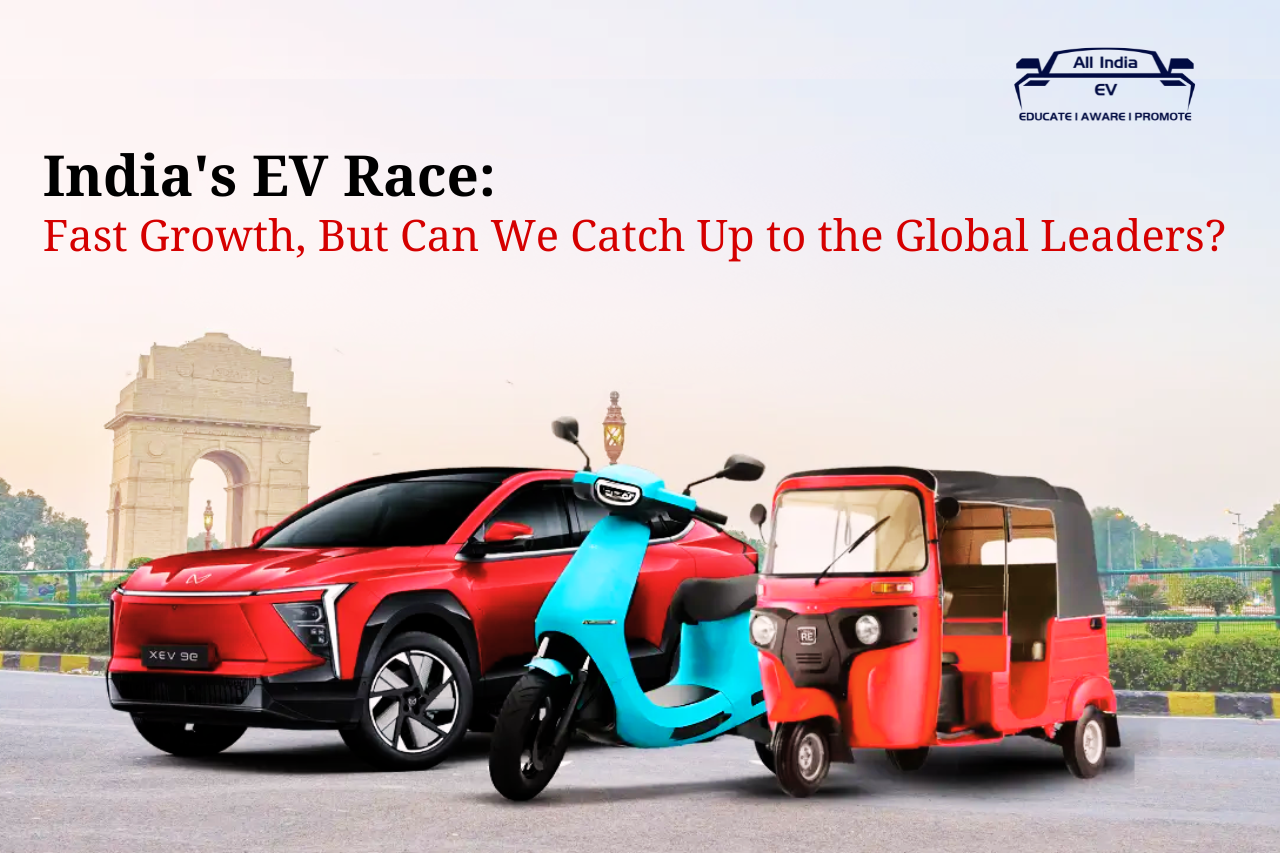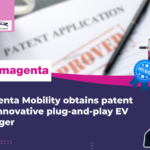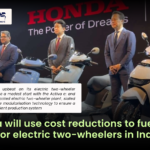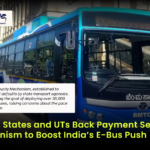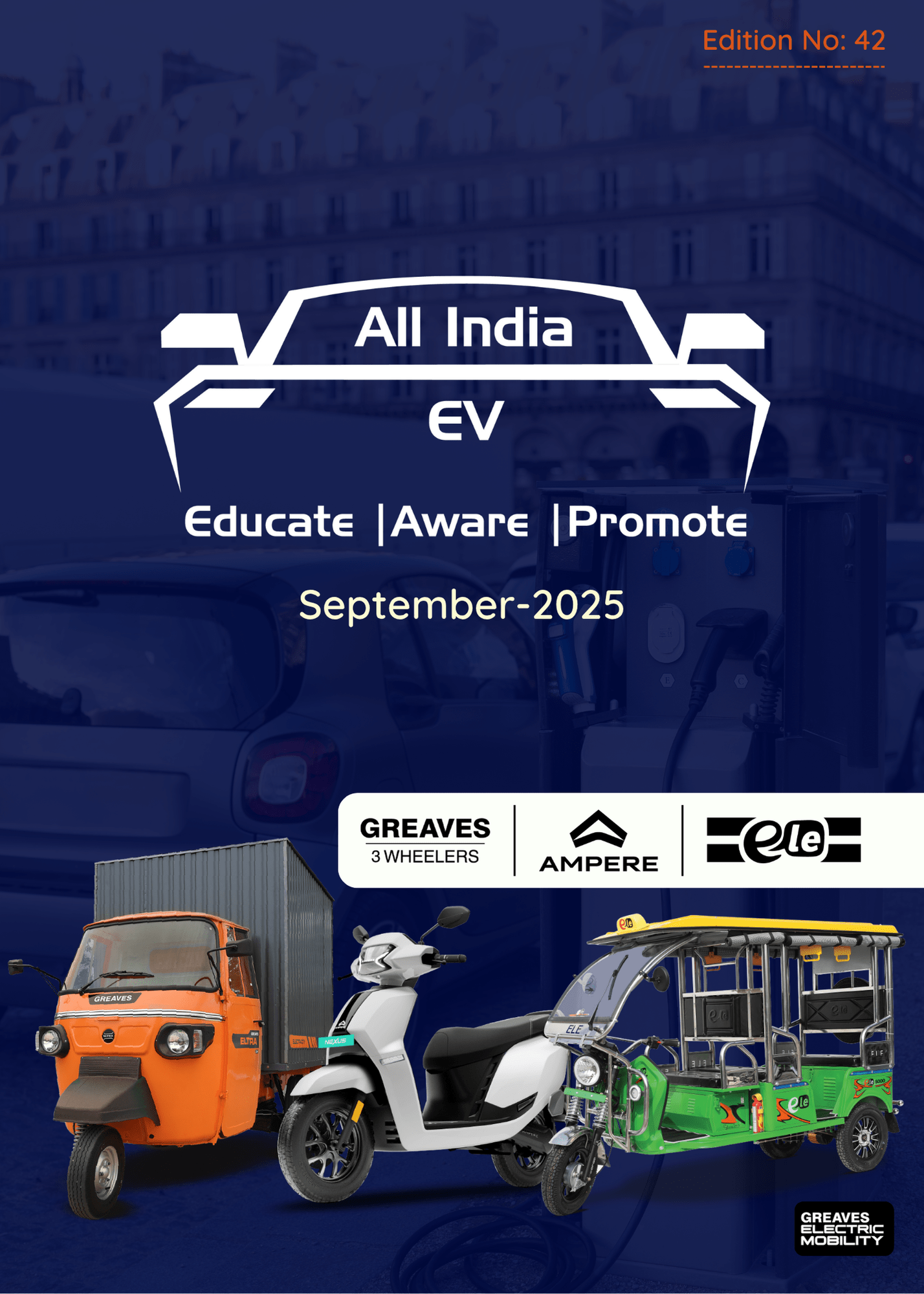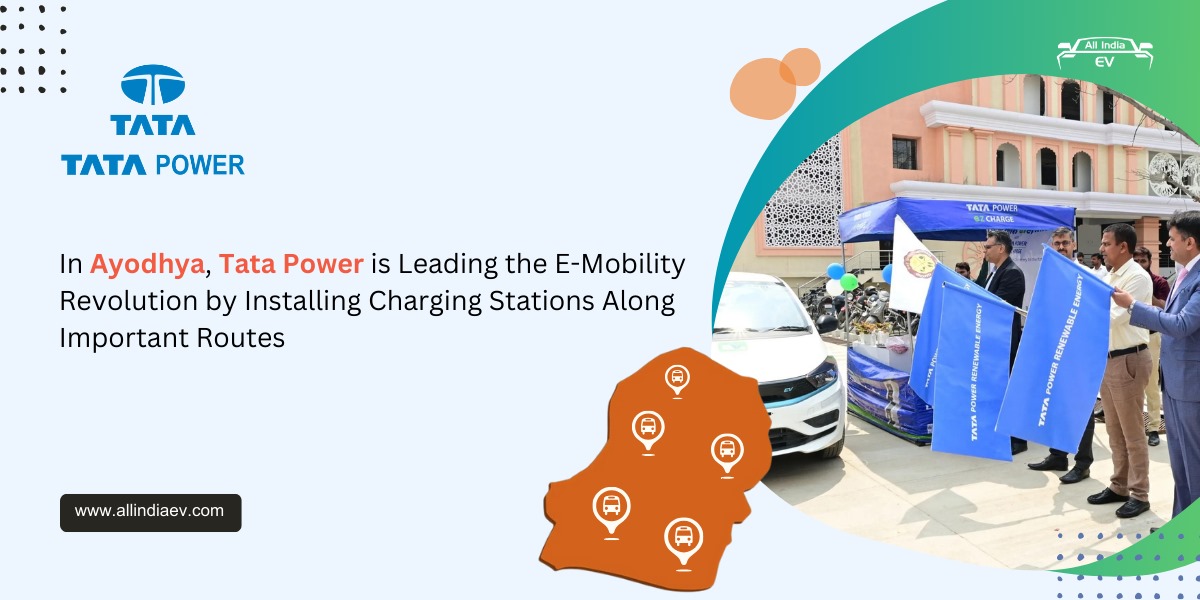
India’s EV Growth at 27% YoY in FY24 Lags Global Leaders with 2–3% Market Share, But Ranks Among Fastest-Growing Major Markets: Report
India’s electric vehicle (EV) sector may be expanding steadily, but it still trails behind the top-performing countries globally in terms of market penetration and adoption rate, according to a recent report released by Intelsense.
India Ranks Outside Global Top 10 in EV Growth
Despite a 27% year-on-year growth in FY24, India’s EV market share stood at just 2–3% of new car sales, significantly below the 5% average seen in the top 10 EV-leading nations. Countries like Thailand, Vietnam, and Mexico have surged ahead in both adoption and infrastructure rollout.
“At the current pace, India ranks 11th or 12th globally in EV adoption,” the report notes.
India Remains the Fastest-Growing Among Major Markets
While not in the top 10, India is the fastest-growing large EV market, driven largely by two- and three-wheeler sales, which form the backbone of India’s EV ecosystem. In 2024, EV sales rose to 1.94 million units, reflecting strong consumer interest in urban mobility and last-mile solutions.
Leading players like Hero Electric, Ola Electric, and TVS continue to dominate the two- and three-wheeler segments.
Passenger EV Segment Still Underperforming
In contrast, the four-wheeler EV segment is still catching up. Automakers such as Tata Motors, Hyundai, Mahindra, and MG are leading the passenger EV space, but market share growth has been slower than anticipated, hindered by limited charging infrastructure and battery supply chain constraints.
Challenges in EV Battery Supply Chain
One of India’s major bottlenecks in accelerating EV adoption is its 95–100% reliance on China, South Korea, and Japan for critical battery materials like lithium, cobalt, and nickel.
To address this, the government and private players are pushing hard to build a domestic battery ecosystem:
- 🟢 5.9 million tonnes of lithium inferred reserves discovered in Reasi, J&K, placing India among the top 10 globally.
- 🟢 Additional lithium finds reported in Karnataka, Himachal Pradesh, Uttarakhand, Jharkhand, and Rajasthan.
- 🟢 Lohum launched India’s first battery-grade lithium refinery (1,000 TPA) in March 2025.
- 🟢 Vardhaan Lithium, in collaboration with the Maharashtra Government, is building a 60,000 TPA refinery in Butibori, Nagpur.
Outlook: Achieving the 2030 Target
India has set an ambitious goal of 30% EV penetration by 2030. While progress is underway with improving charging infrastructure and policy support, penetration remains low compared to global leaders—posing a challenge to meeting the target on time.
“India’s EV growth is strong in absolute terms, but needs to accelerate sharply to reach tipping points,” the report emphasizes.
Conclusion: Catching Up With a Strategic Push
India may not yet be in the global top tier of EV adoption, but it is laying crucial groundwork for sustainable, long-term growth. With strategic investments in refining, mining, and indigenous manufacturing, the country is inching closer to building a resilient EV ecosystem—one that aligns with its Aatmanirbhar Bharat and Net-Zero 2070 visions.


